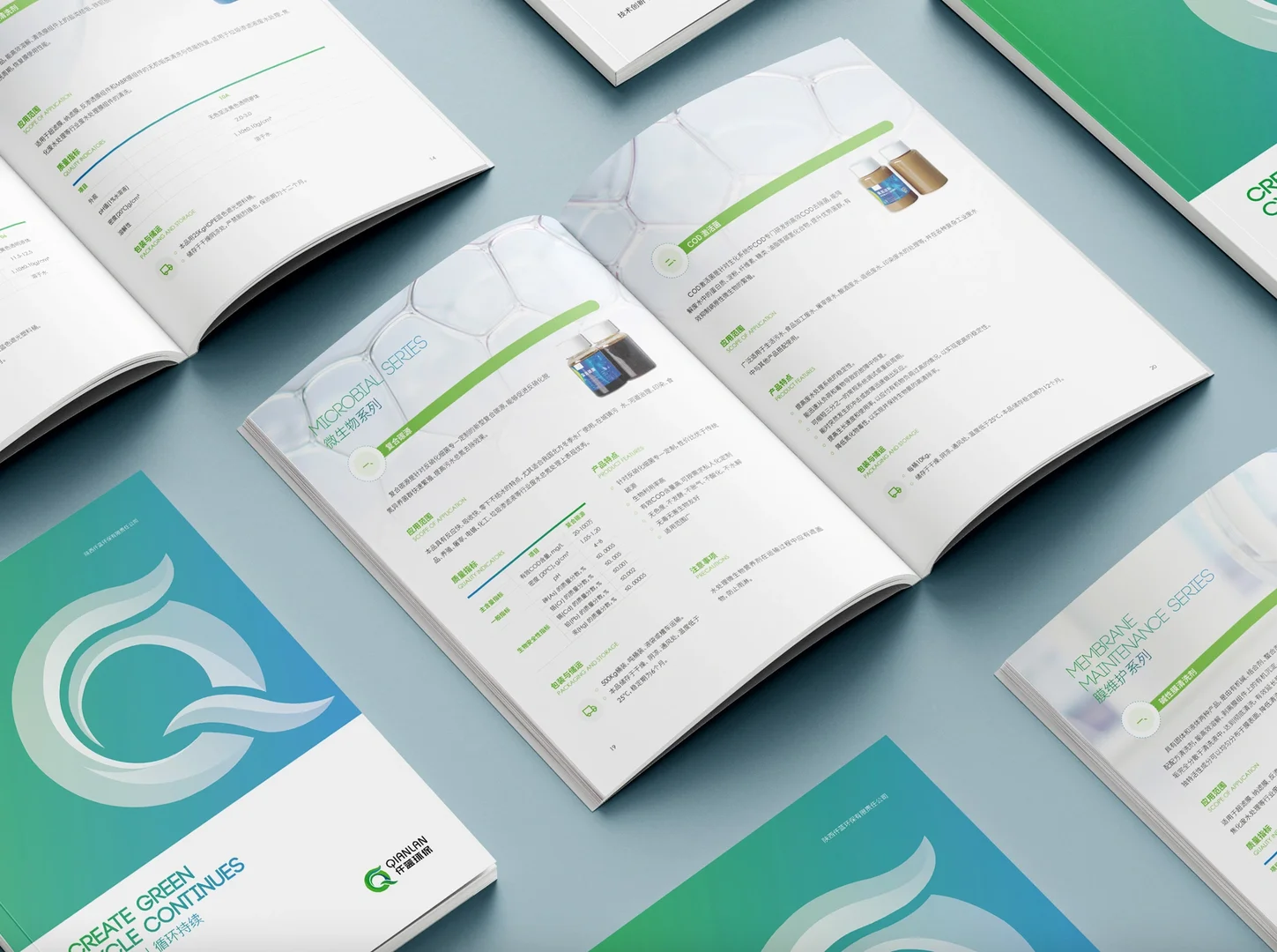In an era of global business expansion, companies are venturing into new markets, from tech startups scaling across Europe to pharmaceutical firms entering Asia. Yet, with opportunity comes complexity: navigating international regulatory frameworks demands more than understanding local laws—it requires precise communication across languages. Translation, often overlooked, is critical to ensuring compliance with global standards. When executed flawlessly, it strengthens a company’s position; when mishandled, it risks costly consequences. This article explores the pivotal role of translation in regulatory compliance, the dangers of errors, and practical strategies for selecting expert translation services.
The Central Role of Translation in Regulatory Compliance
Regulatory documents—such as those for GDPR in the European Union, FDA certifications in the United States, or China’s NMPA requirements—are not mere formalities; they are legally binding and demand exactitude. A mistranslated term in a GDPR privacy notice could obscure users’ data rights, leading to non-compliance. Similarly, an FDA submission with imprecise medical terminology might delay approvals or trigger safety concerns. Each region has unique requirements:
-
GDPR (EU): Mandates that privacy policies and consent forms be clear and accessible in the native languages of all EU member states, prioritizing transparency.
-
FDA (U.S.): Requires accurate translations of clinical trial data, labeling, and safety information, where even small errors can misrepresent critical details.
-
NMPA (China): Demands that medical device documentation be submitted in Mandarin, with no tolerance for ambiguity in technical terms.
Translation ensures that a company’s compliance efforts are not lost in translation, preserving the legal and technical intent across borders.
The Consequences of Translation Errors
Translation errors in regulatory documents can lead to severe legal, financial, and reputational repercussions. For example, in 2018, a pharmaceutical company incurred a $25 million fine after a mistranslated drug label caused improper usage in a European market. In another case, a tech firm faced a class-action lawsuit when a poorly translated GDPR consent form misled users about data collection practices. The risks include:
-
Legal Penalties: Regulatory authorities impose hefty fines for non-compliance, often in the millions.
-
Reputational Harm: Errors that confuse or mislead customers undermine trust and damage brand credibility.
-
Operational Setbacks: Inaccurate translations can delay product launches, approvals, or market entry, eroding revenue.
These examples highlight a critical point: translation is not a task to skimp on—it’s a strategic necessity for compliance and credibility.
Selecting a Professional Translation Partner
Not all translation services are equipped for regulatory demands. A translator skilled in marketing may struggle with the precision required for compliance documents. Here’s how to choose a partner that ensures success:
-
Specialized Expertise: Opt for translators with experience in your industry—healthcare, technology, or finance. They’ll grasp sector-specific terminology and regulatory nuances, such as distinguishing between “adverse event” and “side effect” in FDA submissions.
-
Recognized Certifications: Prioritize providers with credentials like ISO 17100 (translation quality) or ISO 13485 (medical devices), which demonstrate a commitment to rigorous standards.
-
Cultural and Legal Acumen: Effective translators adapt to the cultural and legal context of the target market, ensuring clarity and compliance in documents like GDPR notices.
-
Technology and Human Oversight: While translation tools enhance efficiency, human expertise is essential for regulatory accuracy. Choose services that combine technology with skilled review.
A practical step is to request case studies or references from firms in your sector. A translation provider with a track record in FDA approvals or GDPR compliance will have the expertise to keep you on the right side of regulations.
Case Studies: Translation Driving Success
Effective translation strategies have enabled businesses to excel in global markets:
-
Pharmaceutical Breakthrough: A U.S. biotech company launching a drug in Japan collaborated with a translation agency specializing in JMDC requirements. Accurate translations of clinical data and labeling secured swift approval, giving them a first-mover advantage.
-
Tech Compliance Success: A SaaS provider expanding into the EU worked with GDPR-expert translators to create clear, multilingual privacy policies. This not only ensured compliance but also enhanced user trust, driving adoption in 12 countries.
These cases demonstrate that translation is more than a compliance tool—it’s a catalyst for building trust and capturing market opportunities.
Moving Forward: Prioritizing Translation for Global Success
As businesses expand globally, multilingual compliance is a non-negotiable requirement. Translation bridges the gap between your operations and the regulatory expectations of new markets. By partnering with professional translation services that offer industry expertise, certifications, and cultural fluency, companies can mitigate risks and position themselves for success.
When preparing regulatory documents, treat translation as a strategic priority. Collaborate with experts who understand the stakes, and transform compliance into a competitive advantage. Your global stakeholders—and your business—will benefit from the clarity and trust that precise translation delivers.
What challenges have you faced in multilingual compliance? If so, please contact us and let us know your requirements. Artlangs specializes in translation services!











